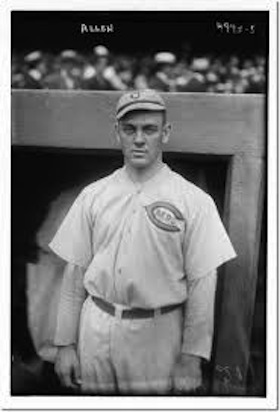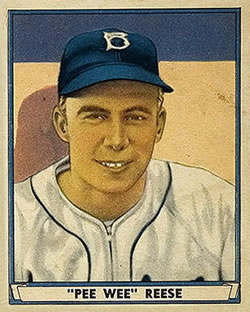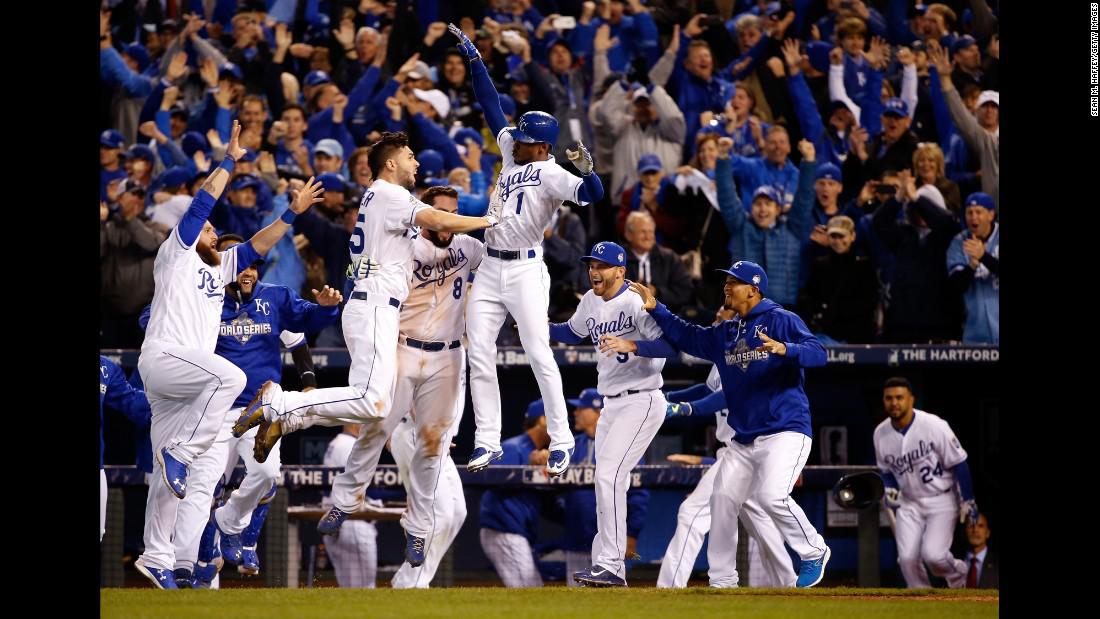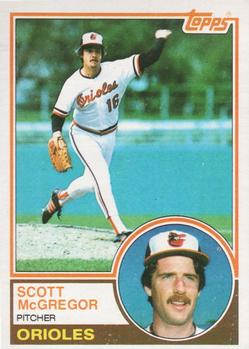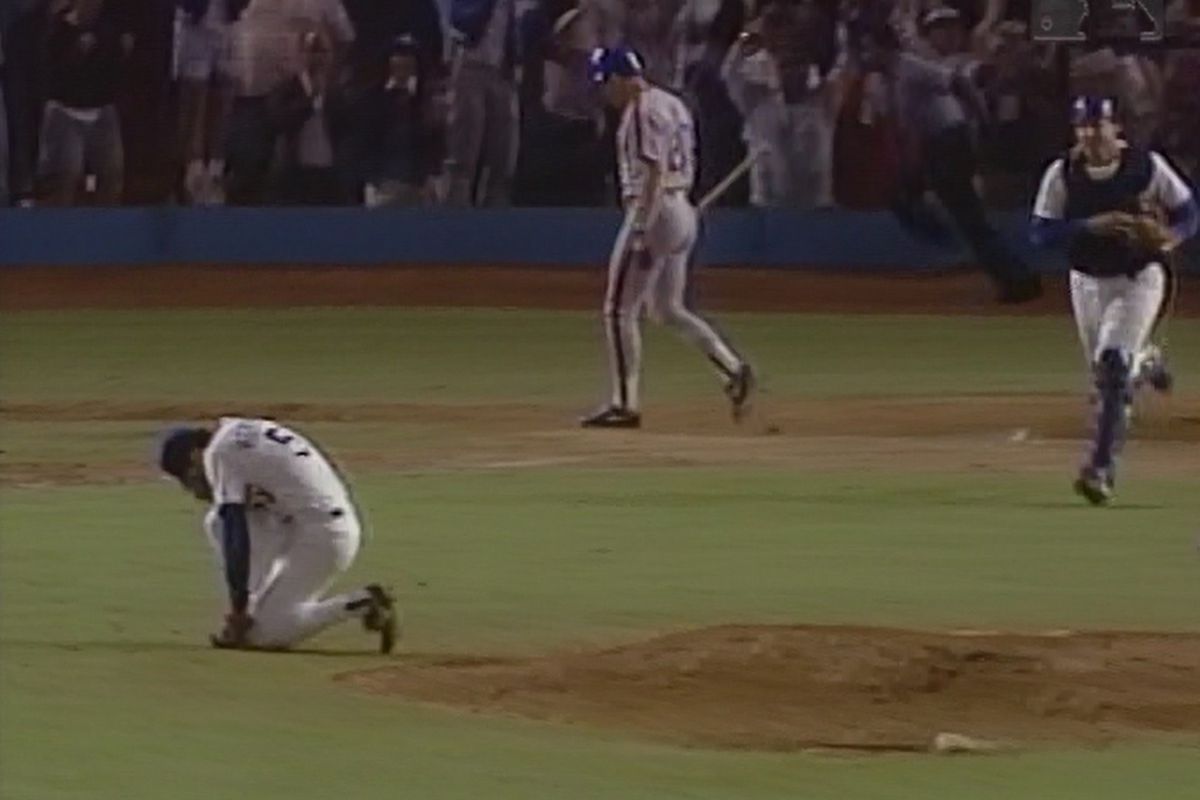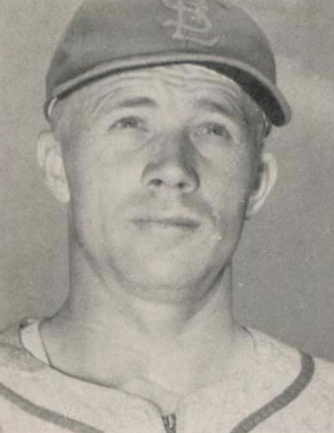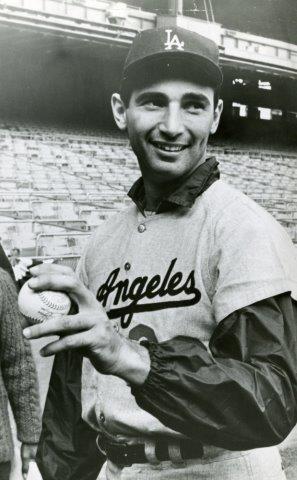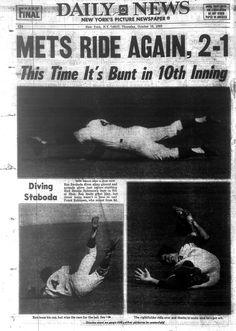October 6, 1944: Browns’ Jack Kramer subdues the Redbirds in Game 3
 While the nation was still heavily engaged in World War II, two teams from the Gateway City battled for the 1944 world championship in baseball. The postseason was affectionately known as the “St. Louis Showdown”1 and the “St. Louis Streetcar World Series.”2 Historian Roger Launius wrote, “The championship series certainly dripped with symmetry and irony. Both the Browns and the Cards shared Sportsman’s Park in St. Louis. Moreover, with the wartime shortage of housing the two teams’ managers, the Browns’ Luke Sewell and the Cardinals’ Billy Southworth, shared an apartment in the city during the year.”3 Further, “the Cardinals had long been considered the best of the National League. Its roster was filled with stars whose fingers were weighed down with championship rings. The Browns had long been the doormats of the American League.”4 The Browns had clinched the American League pennant on the very last day of the 1944 season, winning only their 89th game. Before 1944, only the Chicago White/Black Sox of 1919 made it to the World Series with fewer victories.5 The Cardinals cruised to a 105-49 record, securing the National League pennant. Had they been in the National League, the Browns would have finished 16 games behind the Cardinals.
While the nation was still heavily engaged in World War II, two teams from the Gateway City battled for the 1944 world championship in baseball. The postseason was affectionately known as the “St. Louis Showdown”1 and the “St. Louis Streetcar World Series.”2 Historian Roger Launius wrote, “The championship series certainly dripped with symmetry and irony. Both the Browns and the Cards shared Sportsman’s Park in St. Louis. Moreover, with the wartime shortage of housing the two teams’ managers, the Browns’ Luke Sewell and the Cardinals’ Billy Southworth, shared an apartment in the city during the year.”3 Further, “the Cardinals had long been considered the best of the National League. Its roster was filled with stars whose fingers were weighed down with championship rings. The Browns had long been the doormats of the American League.”4 The Browns had clinched the American League pennant on the very last day of the 1944 season, winning only their 89th game. Before 1944, only the Chicago White/Black Sox of 1919 made it to the World Series with fewer victories.5 The Cardinals cruised to a 105-49 record, securing the National League pennant. Had they been in the National League, the Browns would have finished 16 games behind the Cardinals.
Because both teams called Sportsman’s Park home, there was no day off between games, since they did not have to travel. However, the Cardinals were actually tenants; Donald Lee Barnes, majority owner of the Browns, owned the ballpark. The first two games were close, each decided by a single run, with the Cardinals as the home team. The Browns had taken Game One with only two hits, 2-1, and the Cardinals had rallied for an 11-inning walk-off victory, 3-2, in Game Two. In Game Three, two 17-game winners faced off, Jack Kramer (17-13) for the Browns and rookie Ted Wilks (17-4) for the Cardinals, before a packed crowd of 34,737. The Browns wore their white home uniforms for the first time, and “a blazing sun had the thermometer on the playing field soaring in the nineties.”6
The “visiting” Cardinals scored first. In the top of the first inning, Johnny Hopp reached on an error by Browns shortstop Vern Stephens. Two batters later, Walker Cooper singled to left, giving the Cardinals an unearned run. The Browns threatened in the bottom of the second, when Wilks walked the bases loaded, but he struck out his counterpart Kramer to end the inning.
An inning later, the Browns’ offense offered ample support to Kramer by mounting a two-out rally. Five players (Gene Moore, Stephens, George McQuinn, Al Zarilla, and Mark Christman) hit consecutive singles. Three runs had scored, and Southworth strode to the mound, trying to buy some time. Until Christman’s hit, no one was warming in the Cardinals bullpen.7 Wilks appeared to have good stuff, but the Browns were hitting it, so Southworth replaced Wilks with another rookie, Freddy Schmidt. Schmidt intentionally walked Red Hayworth, in order to pitch to Kramer. But he then uncorked a wild pitch, and Zarilla scored the fourth tally of the inning. Kramer grounded out, but his Browns now had a 4-1 lead. In 37 games pitched in the 1944 season, “Fred [Schmidt] never had cut loose with a wild pitch, but he chose this unhappy moment to do so.”8
Kramer was dominant. After the first inning he was perfect for five innings, except for Stan Musial’s single in the third. In the top of the seventh, Ray Sanders led off with a single to right-center. Whitey Kurowski grounded to short. Stephens threw to Don Gutteridge at second for the force out, but Gutteridge overthrew first trying for the double play, and Kurowski was awarded second base. Marty Marion singled past second, plating Kurowski, and the Cardinals had their second unearned run of the game.
The Browns answered in their half of the seventh on a pair of doubles and a walk. Al Jurisich started the inning in relief of Schmidt. Gutteridge doubled off the right-field pavilion wall and moved to third on Moore’s groundout. Jurisich walked Stephens, and his fourth ball got away from Cardinals catcher Cooper, who was known as “the premier catcher of the National League.”9 Cooper was charged with a passed ball as Gutteridge scored and Stephens moved to second. McQuinn then doubled to right field, driving in Stephens. The 6-2 score would hold as the final.
However, there was a little more drama to be had. In the Cardinals’ eighth inning, Hopp led off with a hard single to center, Musial smacked a line drive to right that Moore caught at the wall, but Cooper doubled to left, with Hopp taking third. After this “third straight drive of authority,”10 manager Sewell walked to the mound. Kramer told his skipper he wasn’t tired and his catcher Hayworth echoed that Kramer’s control was good. Sewell told reporters, “After that, there was nothing for me to do on the mound, so I went back to the bench.”11 Sanders struck out looking and Kramer escaped the threat as Kurowski ended the inning with a fly ball to right. After the game, Musial praised Kramer, commenting that “he made us hit at the bad ones.”12 After a leadoff single, Kramer closed out the game in the ninth by striking out George Fallon, getting pinch-hitter Ken O’Dea to ground out and then fanning top-of-the-order batter Danny Litwhiler. He had silenced the Cardinals by striking out 10 and not allowing an earned run in a complete-game victory.
For the Browns, McQuinn was a perfect 3-for-3 plus a walk, scoring a run and driving in two. Stephens, who batted in front of McQuinn, was a table-setter, going 1-for-2 with two walks and two runs scored. McQuinn had also been the hero of Game One, stroking a two-run home run to clinch the game. Through the first three games of the World Series, McQuinn was as hot as the weather, going 5-for-8 (.625), with four walks and four runs batted in. For the Cardinals, Cooper and Marion had an RBI and two hits each in Game Three. After the game, it was reported that Wilks had been in the hospital the day before the game, being treated for stomach ulcers, and the Browns’ third-inning barrage “doubtless sent Ted back to his sick bed.”13
The Browns’ third-inning offensive was their only outburst of the Series. Over the final three games of the World Series, they mustered only two more runs (one in Game Four and one in Game Six). The Cardinals would be tasting the champagne. The 1944 season was the only time the Browns won the pennant (out of 52 seasons in St. Louis), and this game proved to be the last game they would win in World Series play. According to the New York Times, “Despite their defeat in the third game today, the Cards remained favorites to take the world series. They were quoted at 4 to 5 in the series and 11 to 20 in tomorrow’s game.”14
The 1944 fall classic remains the most recent World Series played outside New York City that featured two teams from the same city. The only other such Series to be played prior to 1944 was the 1906 World Series between Chicago’s White Sox and Cubs. It was also the first time in 22 years that all the games were played in the same ballpark. (In 1922, the five World Series games between the New York Yankees and New York Giants were all played in the Polo Grounds, including Game Two, which ended in a 3-3 tie).15
Years later, Musial said, “The funny thing about that World Series (in 1944), the fans were rooting for the Browns, and it kind of surprised me because we drew more fans than the Browns during the season. The fans were rooting for the underdog, and I was surprised about that, but after you analyze the situation in St. Louis, the Browns in the old days had good clubs. They had great players like George Sisler and Kenny Williams, and the fans who were there were older fans, older men, old-time Brownie fans. But it was a tough series.”16
Fans can view a description with original footage from the six games, narrated in 1944 by Lieutenant Bob Elson, United States Naval Reserve, at https://youtube.com/watch?v=M6WrnmkxNJE.
This article appears in “Sportsman’s Park in St. Louis: Home of the Browns and Cardinals at Grand and Dodier” (SABR, 2017), edited by Gregory H. Wolf. Click here to read more articles from this book online.
Notes
1 “1944 World Series,” https://baseball-almanac.com/ws/yr1944ws.shtml.
2 “The Great St. Louis Streetcar World Series of 1944,” https://launiusr.wordpress.com/2010/12/06/the-great-st-louis-streetcar-world-series-of-1944/.
3 Ibid.
4 Ibid.
5 In 1919, the Chicago White Sox won 88 games in an abbreviated season. The 1926 St. Louis Cardinals and the 1938 Chicago Cubs each won 89 games. In 1945, the Detroit Tigers won the World Series after claiming the AL pennant with a record of 88-65. These do not include the 1918 World Series, played between the Boston Red Sox (75-51) and the Chicago Cubs (84-45); that wartime season no major-league team played more than 129 games with the season ending after Labor Day.
6 John Drebinger, “Browns Win, 6 to 2, for 2-1 Series Lead,” New York Times, October 7, 1944: 1.
7 J. Roy Stockton, “Kramer Is Hero of Third Game,” St. Louis Post-Dispatch, October 7, 1944: 7.
8 Drebinger.
9 Ibid.
10 Stockton.
11 “Sewell Heaps Praise on Kramer; Jakucki to Face Brecheen Today,” New York Times, October 7, 1944: 17.
12 Ibid.
13 Drebinger.
14 “Cards Still Favored,” New York Times, October 7, 1944: 17.
15 In 1922, the Browns had their best season ever (measured by winning percentage), ending the season with a 93-61 record. However, they finished one game behind the New York Yankees in the American League race.
16 baseball-almanac.com.
Additional Stats
St. Louis Browns 6
St. Louis Cardinals 2
Game 3, WS
Sportsman’s Park
St. Louis, Mo
Box Score + PBP:
Corrections? Additions?
If you can help us improve this game story, contact us.


